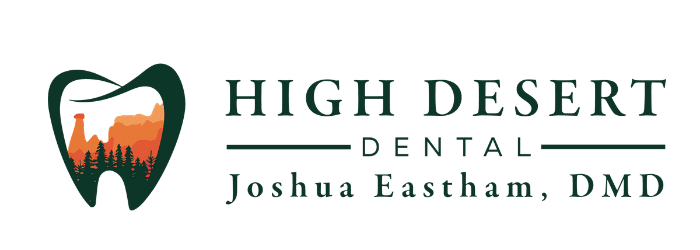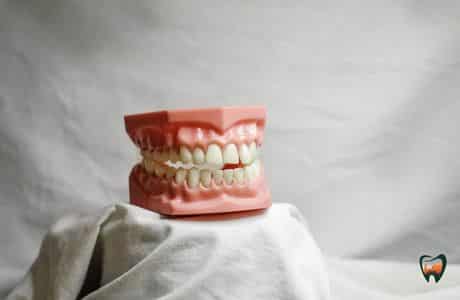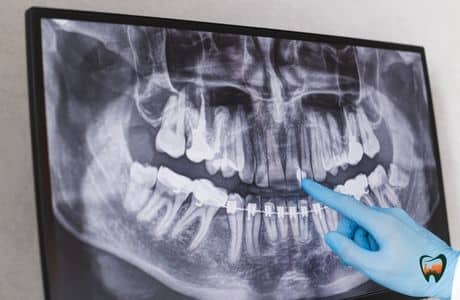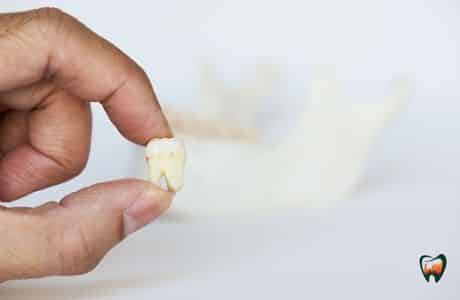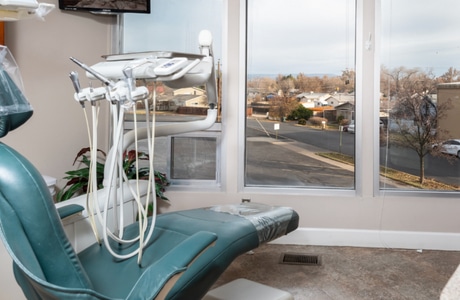Cosmetic Dentistry Options

Explore Your Cosmetic Dentistry Options at High Desert Dental in Grand Junction CO

Are you looking for ways to enhance your smile and boost your confidence? Look no further than the cosmetic dentistry options available at High Desert Dental in Grand Junction CO. Our experienced team of dental professionals can help you achieve the smile of your dreams with a range of cosmetic dental procedures. In this blog post, we’ll take a closer look at some of these options and help you determine which one might be right for you.
Teeth Whitening
Teeth whitening is one of the most popular cosmetic dentistry procedures, and for good reason. It’s a simple and effective way to brighten your smile and remove stains caused by coffee, tea, wine, and other foods and drinks. At High Desert Dental, we offer both in-office and take-home whitening options. In-office whitening can whiten your teeth by several shades in just one visit, while take-home whitening kits are customized to fit your teeth and provide gradual, long-lasting results.
Veneers
Veneers are a popular cosmetic dentistry option for addressing a variety of dental concerns, including chips, cracks, gaps, and discoloration. Essentially, veneers are thin shells made from porcelain or composite materials that are bonded to the front of your teeth. They’re designed to match the color and shape of your natural teeth, creating a seamless, natural-looking result. The process of getting veneers usually requires two or more visits to our office, but the results can last for many years with proper care.
Invisalign
If you’re interested in straightening your teeth but don’t want to deal with traditional metal braces, Invisalign may be a good option for you. Invisalign is a system of clear, removable aligners that gradually move your teeth into their desired position. Unlike metal braces, Invisalign aligners are virtually invisible, comfortable to wear, and can be removed for eating, brushing, and flossing. At High Desert Dental, we offer Invisalign as well as other clear aligner options, and we can work with you to determine the best approach for your unique needs.
Smile Makeovers
If you’re looking for a comprehensive approach to improving your smile, a smile makeover may be right for you. At High Desert Dental, we can work with you to develop a personalized treatment plan that addresses all of your cosmetic dentistry concerns, using a combination of procedures such as teeth whitening, veneers, implants, and more. With a smile makeover, you can achieve the smile of your dreams and enjoy improved self-confidence and quality of life.
Contact Us Today!
At High Desert Dental in Grand Junction CO, we’re committed to helping our patients achieve optimal dental health and beautiful, confident smiles. Whether you’re interested in a simple teeth whitening treatment or a more comprehensive smile makeover, our experienced team can help you explore your cosmetic dentistry options and choose the approach that’s right for you. Contact us today to schedule a consultation and start your journey towards a healthier, happier smile!
